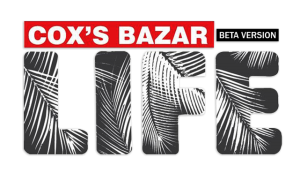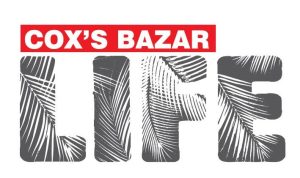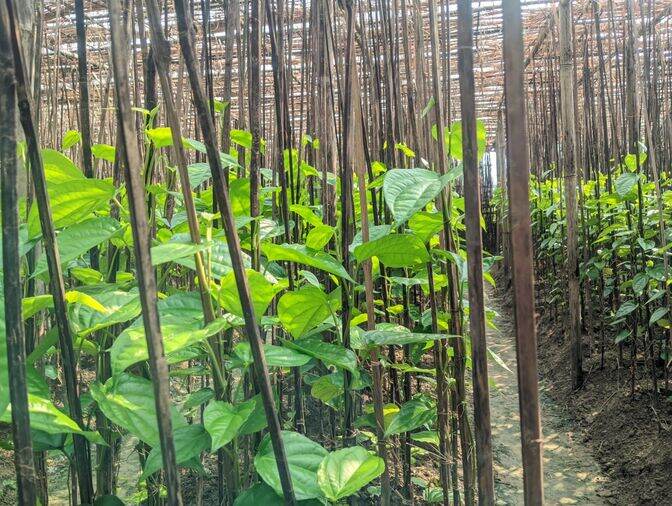Bangladesh’s cultural traditions deeply ingrain betel leaf, which is widely popular for its use in religious festivities, social gatherings, and weddings. Maheshkhali in Cox’s Bazar is renowned for producing a sweet variety of betel leaves that are in high demand.
Around 40,000 families across the district’s seven upazilas rely on this traditional trade.
The district’s Agricultural Office reports that betel leaf farming occupies approximately 3,500 hectares of land in Cox’s Bazar. Moheshkhali alone accounts for 1,700 ha, while Chakaria, Pekua, Ramu, Sadar, Ukhiya, and Teknaf cover the remaining 1,800 ha.
However, the hilly regions lack official data on betel farming, although one source estimates that this crop occupies at least 2,000 hectares of hilly land.
Betel plants in the hilly areas yield produce for about two years, while in flatlands, they produce for around nine months. Flatland cultivation typically starts in October and ends in June.
In contrast, hilly areas offer more flexibility, with planting mainly occurring during the rainy season or at any suitable time throughout the year.
By Rajin Saleh










